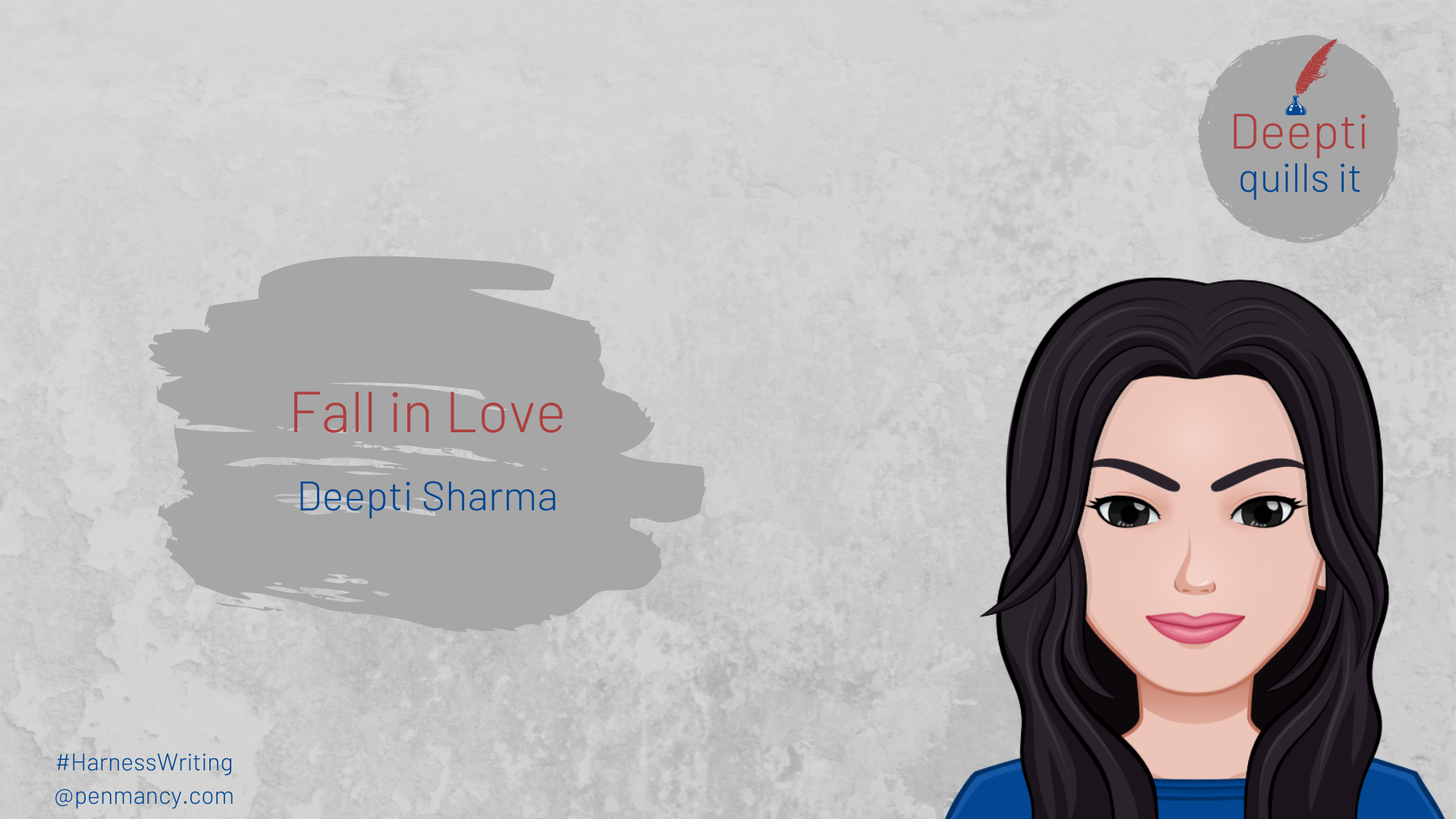
Yes… fall in love with words, with your thoughts, with your craft. Let writing be that euphoria where not just you but even your reader find the art of storytelling in the most embellished form of your imagination. Let the syllables roll on the tongue and the vowels create that resonance that sits on your reader’s conscious unconscious mind, where he finds a whole story when there wasn’t even scope for a sentence. This we can achieve through many tools but today let’s talk a little about the settings of your poem or story and the character building. Settings: A setting, I believe, is one aspect that ensconces your reader to your story the way you want him to. Setting can be time-related, like Dickenss novel Oliver Twist is set during the Industrial revolution period and hence has a backdrop of children abused during that time in Europe. It can also be place related, like mostly each of ‘Gabriel Garcia Marquez’ novels are set in Columbia and other Latin American places, giving us the unique flavour of that place, which is highly exotic and captivating. The third kind of setting is descriptive; this one can use a lot to her and her reader’s advantage. For example ‘that abandoned house at the turn of that lane, came alive on a new moon night, when everything reeked of a conspiracy.’ Now through this description, one has set in the minds of a reader a hint that it is going to be a thriller or maybe a spooky story. Settings are one of the five tools of creative writing, that helps us navigate through our plot well in the story or prods the theme of our poem. Gabriel Garcia Marquez is my favourite for using this descriptive story setting instrument. His narrative style was vivid and elaborate and he was called one of the pioneers of magical realism, where his detailed nuanced and brilliant description of supernatural made it almost feel like real and not at all made up. Characters: Another aspect through which we can establish our story or poem in readers minds is building characters. We can establish our character by describing their attributes. While writing poetry, I like to use metaphors, similes, maybe hyperbole even onomatopoeia, make them real, tangible and infuse breath in them through all these tools. In order to not make them sound dull or sparkless, I use a little bit of their past that establishes their credibility. I like to always give past to my characters. Even if my story doesn’t demand it, I like to keep it in my rough notes. This helps me build the POV of my story or poem for my readers. One perfect example of a strong character building is the character of Panchali in Chitra Banerjee Divakaruni’s ‘Palace of illusion’. She has amply elaborated her character sketch through the whole life span of Panchali from the time she was born from fire till she dies ending the third phase of the ‘yugas’ or man-age. This makes us empathize with her choices in life and their fallouts too because we thoroughly know why this character is behaving a certain way. These two, I feel, are what makes us fall in love with our work. Simply because they lend a visual to our story or poem. It not only gives our story or poem a personality but also provides a point of contact with our readers. And eventually makes our readers fall in love with them too. Happy Writing! __ __
